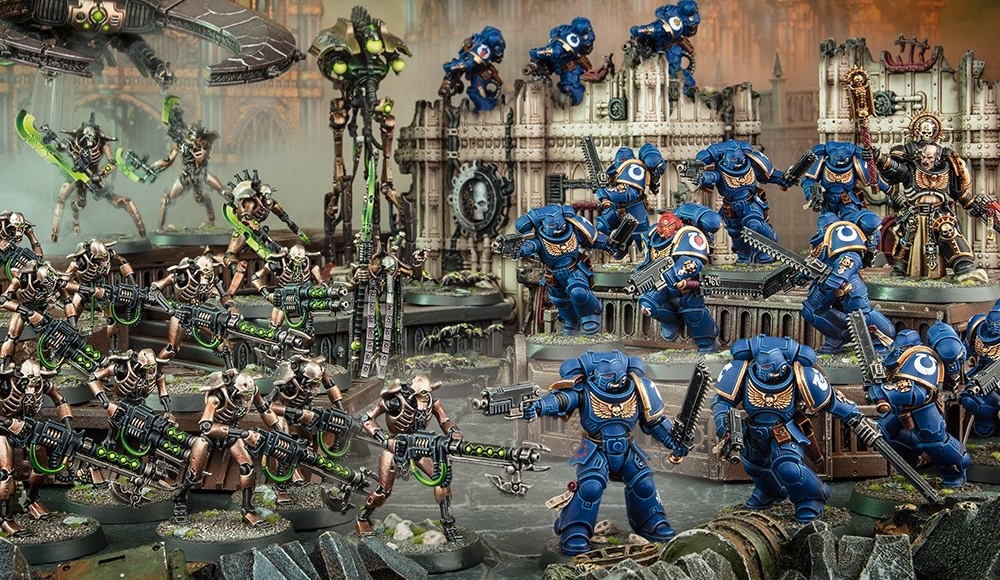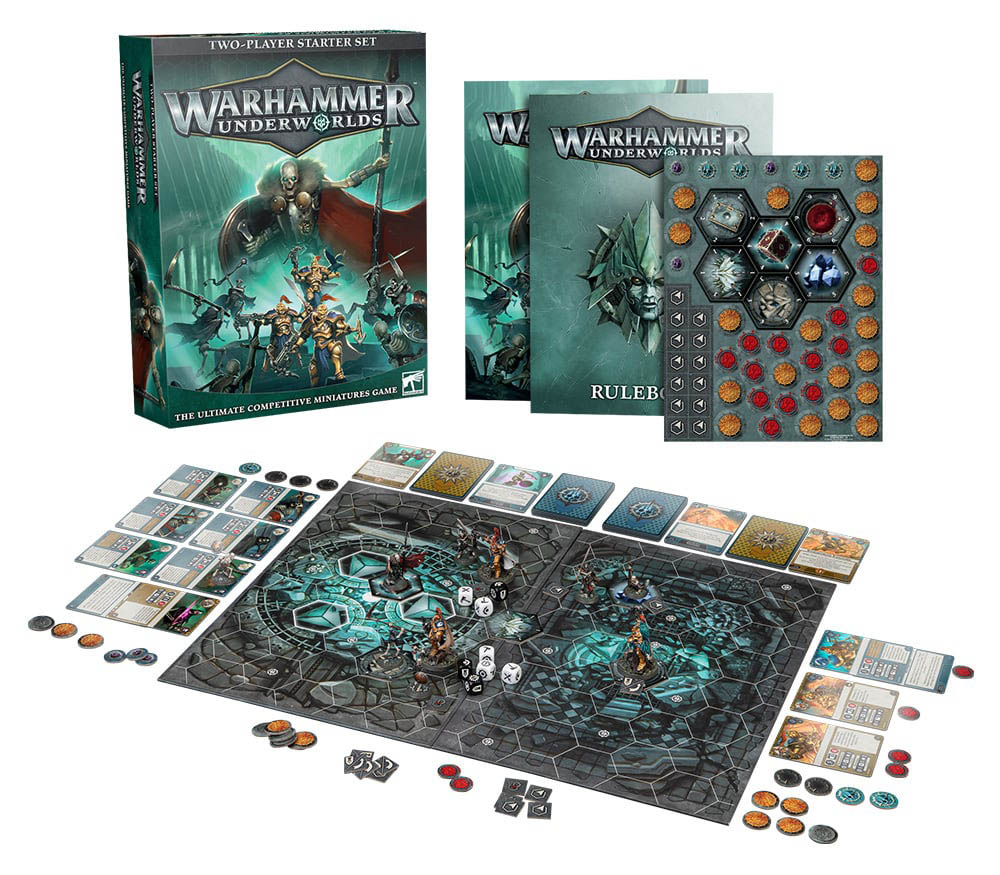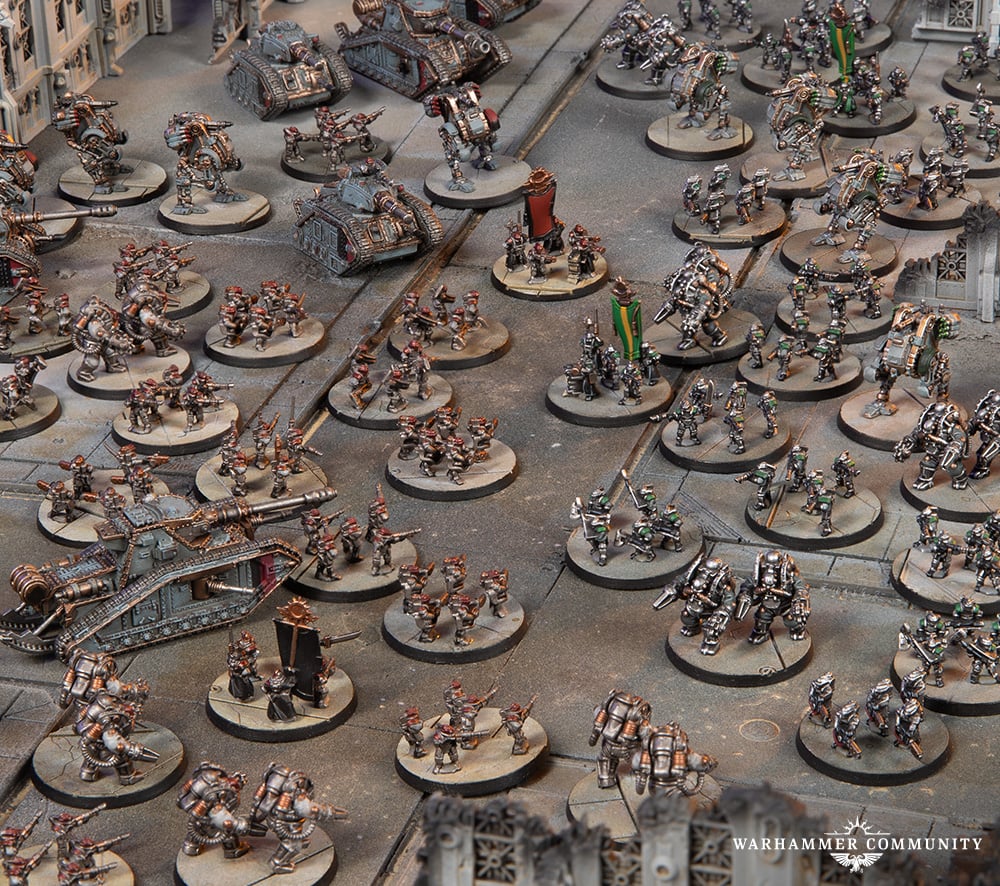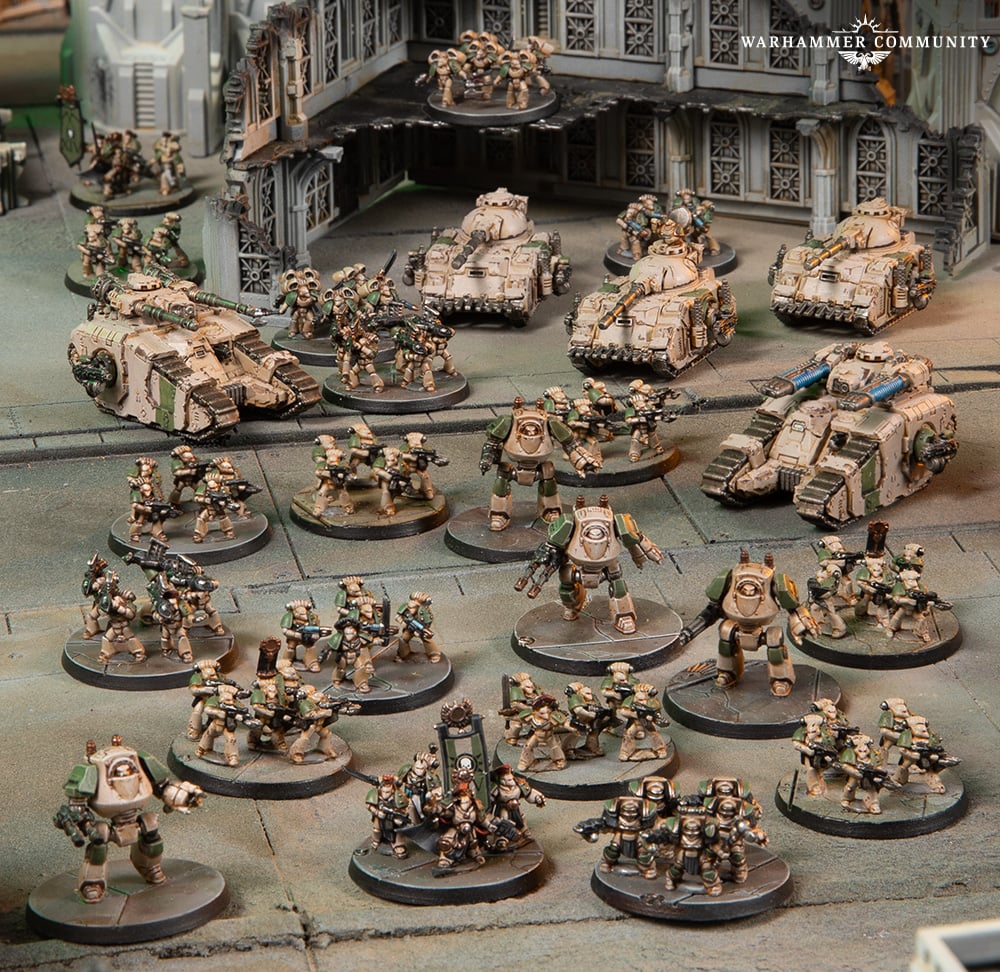Legions Imperialis: Games Workshop Is Experimenting With The Turn Sequence And That’s A Good Thing
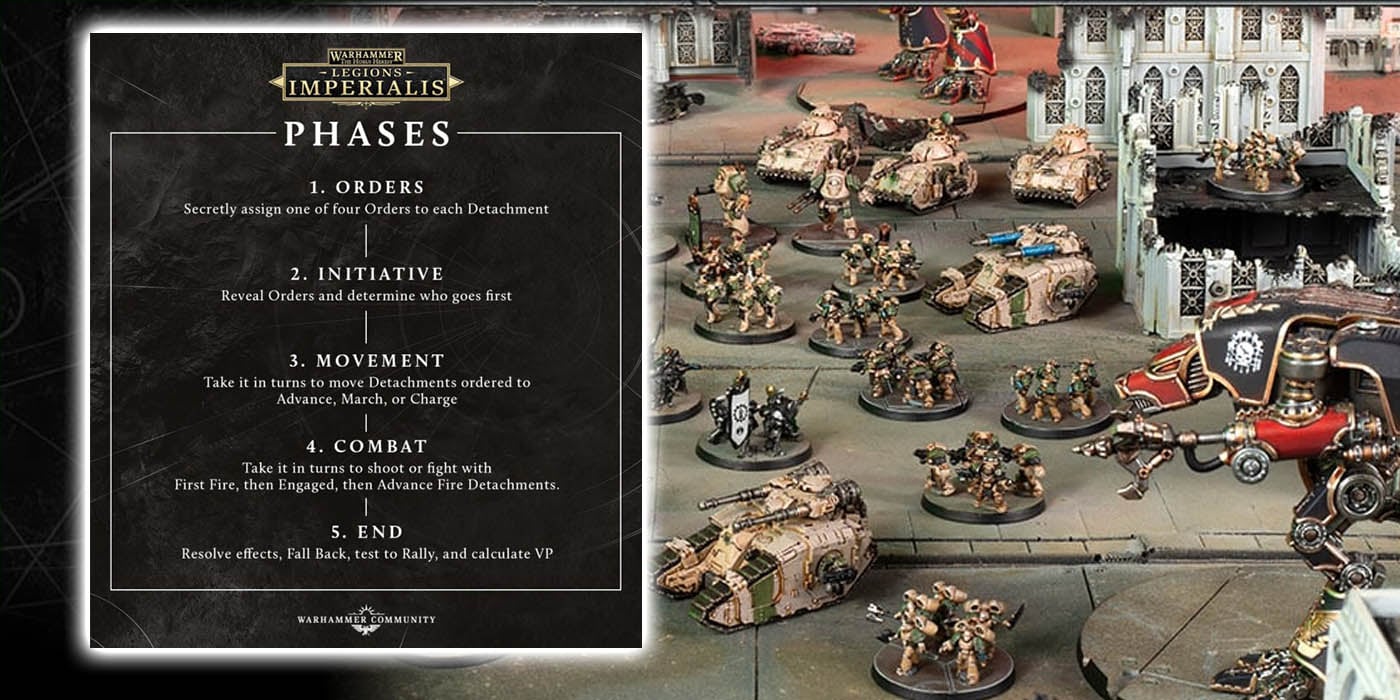

Legions Imperialis is breaking from the mould of a typical Games Workshop game. This experimentation is a nice change from the norm.
Most of Games Workshop’s tabletop game have a pretty standard “I Go, You Go” system at their core. That means a player will take their turn, do their things, and then pass the turn to their opponent who will then do the same. Then the round ends and you rinse and repeat until the game ends. Now, there are exceptions to that standard “flow” with things like having to make saving throws or alternating activations in melee combat. But generally speaking “I Go, You Go” has been the norm for the larger tabletop games.
More recently, GW has experimented with alternating activations with their side games as well. A player might activate a single model or unit, have them do all their actions, and then pass initiative over to the next player who does the same. They’ll pass the initiative/activation back and forth until all eligible units/models have activated and then the turn ends. It a great way to keep both players engaged during the game rounds.
Again, we typically see this type of back and forth activation in the smaller games — like Warhammer Underworlds for example. But GW has dabbled with this type of activation plenty. And now in Legions Imperialis it appears that they are leaning into alternating activations as a core part of the game turn.
Legions Imperialis Turn Sequence
If you want to see quick introduction the Turn Sequence of Legions Imperialis, you can read about it here or watch the video below. But the point is that Legions Imperialis is an alternating activations game.
“Unlike other Warhammer games you may have played, Legions Imperialis has players constantly swapping control during a turn, rather than taking them one after another. This keeps the action dynamic, despite time spent on strategic planning, and forces players to adapt quickly to unexpected moves from their opponent.”
With the way the Orders Phase works when combined with the Initiative Phase you basically have players going simultaneously (with Order Tokens being placed and revealed at the same time) and then alternating activations based on the Initiative Phase. The Initiative Phase also has some interesting mechanics in that a player can win the roll but pass the initiative — maybe you need the enemy to get closer before you unload! These types of choices make things more dynamic as each player can plan and then react to the situation as it’s unfolding rather than one side getting to completely roll-up before the other has a chance to respond.
The Movement and Combat Phases still use the Initiative from before, but players still alternate between activations — based on the Order Tokens of course. I appreciate the fact that players have to show the orders BEFORE these sequences start. You’re committing to an order but that doesn’t mean you’re on auto-pilot either.
Experimentation Is Good
I really like that GW is experimenting with the turn sequence as it allows the game designers to stretch their design skills. It also allows players to try something different but familiar. I’m personally looking forward to giving this ruleset a fair shake. Even if it doesn’t become “my favorite ruleset ever” I’ll at least appreciate the change of pace. Plus, it will allow me to look at the battlefield from a different angle and force me to try to adapt to a new situation.
I am definitely going to play Small-Hammer 30k with these models, but I’m also going to play Legions Imperialis, too.
Are you excited to try a GW game that uses Alternating Activations?

